Table of content
Chestnuts, often referred to as the “grain that grows on trees,” are a beloved ingredient in cuisines worldwide. Their sweet, nutty flavor and versatile texture make them a star in both savory dishes and desserts. However, preparing chestnuts can be intimidating for many home cooks, particularly when it comes to the critical step of boiling and peeling. One of the most frequent questions is: How long should chestnuts be boiled before peeling? This article delves into the science and practicality of boiling chestnuts, offering step-by-step guidance, time-tested tips, and answers to common pitfalls. By the end, you’ll master the art of perfectly cooked, easily peeled chestnuts every time.
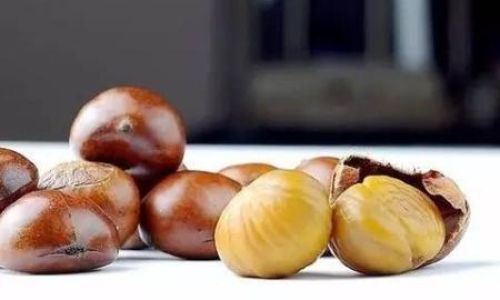
Understanding Chestnuts: Why Boiling Matters
Chestnuts are enclosed in a hard, spiky outer shell (the burr) and a tough inner skin (the pellicle). These layers protect the fruit but pose a challenge during preparation. Boiling serves two primary purposes: it softens the shell and pellicle, making them easier to remove, and cooks the nutmeat to a tender consistency. The duration of boiling directly impacts both the ease of peeling and the final texture of the chestnut. Underboiling leaves the shells stubbornly attached, while overboiling can turn the flesh mushy or dry.
Preparing Chestnuts for Boiling
Before diving into boiling times, proper preparation is essential:
- Sorting: Discard any chestnuts with cracks, mold, or holes, as they may be spoiled.
- Rinsing: Wash the chestnuts under cool water to remove dirt and debris.
- Scoring: Use a sharp paring knife or chestnut knife to cut an “X” or straight line on the flat side of each nut. This slit prevents explosions during cooking and allows steam to escape, loosening the shell.
Boiling Time: The Golden Rule
The optimal boiling time for chestnuts ranges between 15–25 minutes, depending on their size, freshness, and desired texture. Here’s a breakdown:
- Small to Medium Chestnuts (1–1.5 inches in diameter): 15–20 minutes.
- Large Chestnuts (over 1.5 inches): 20–25 minutes.
Cold Water vs. Hot Water Start
- Cold Water Method: Place scored chestnuts in a pot, cover with cold water, and bring to a boil. This gentle heating helps the shells loosen gradually.
- Hot Water Method: Submerge chestnuts in already boiling water. This method cooks faster but may require closer monitoring to avoid overcooking.
Pro Tip: Add a pinch of salt to the water to enhance flavor and help the shells separate from the flesh.
Testing for Doneness
Determining the perfect moment to remove chestnuts from heat is crucial. Use these methods:
- Visual Check: The shells will begin to curl back at the scored edges, revealing the golden flesh underneath.
- Texture Test: Insert a sharp knife or toothpick into the flesh. It should glide in easily without resistance.
- Cool Down Test: Drain one chestnut and attempt to peel it. If the shell and pellicle remove effortlessly, the batch is ready.
Post-Boiling Peeling Techniques
Boiling is only half the battle. Peeling while the chestnuts are still warm is vital, as the residual heat continues to loosen the shells. Follow these steps:
- Immediate Peeling: Drain the chestnuts and transfer them to a kitchen towel. Fold the towel over to keep them warm.
- Shell Removal: Gently squeeze each chestnut to crack the shell further. Peel from the scored edge, pulling away both the outer shell and inner pellicle.
- Troubleshooting Stubborn Shells: If the pellicle sticks, use a paring knife to pry it loose. For extra stubborn cases, return the chestnut to the hot water for 1–2 minutes.
Avoid This Mistake: Never let chestnuts cool completely before peeling, as the shells will harden again.
Alternative Cooking Methods: Boiling vs. Roasting vs. Microwaving
While boiling is ideal for peeling efficiency, other methods offer different advantages:
-
Roasting:
- Time: 20–30 minutes at 400°F (200°C).
- Pros: Intensifies flavor; creates a smoky aroma.
- Cons: Shells may char unevenly; peeling requires more effort.
-
Microwaving:
- Time: 1–2 minutes per ounce (28g) on high power.
- Pros: Fastest method; retains moisture.
- Cons: Risk of uneven cooking; shells may not loosen as easily.
Best of Both Worlds: Some chefs boil chestnuts for 10 minutes, then roast them for 10–15 minutes to combine ease of peeling with roasted flavor.
Common Boiling Mistakes and How to Fix Them
-
Underboiling:

- Symptoms: Shells resist peeling; flesh feels rubbery.
- Fix: Return to boiling water for 5-minute intervals, testing frequently.
-
Overboiling:
- Symptoms: Mushy texture; hollow, shrunken nuts.
- Fix: Reduce boiling time next batch; monitor closely.
-
Forgetting to Score:
- Symptoms: Chestnuts explode in the pot; shells remain intact.
- Fix: Always score! Even a shallow cut helps.
Storage and Reheating
- Freshly Peeled Chestnuts: Store in an airtight container in the fridge for up to 4 days.
- Freezing: Blanch peeled chestnuts in boiling water for 1 minute, then freeze for up to 6 months.
- Reheating: Gently simmer in a saucepan with a splash of water or milk for 5 minutes.
Culinary Applications of Boiled Chestnuts
Boiled chestnuts are incredibly versatile. Use them in:
- Soups and Stews: Adds creaminess and sweetness.
- Stuffings: Pair with sausage, apples, and herbs.
- Desserts: Mash into chestnut purée for cakes, mousses, or Mont Blanc pastries.
- Vegetarian Dishes: Roast with root vegetables and balsamic glaze.
Recipe Idea: Chestnut and Mushroom Risotto
- Sauté chopped chestnuts with mushrooms and Arborio rice.
- Stir in white wine, vegetable broth, and Parmesan.
- Finish with fresh thyme and a drizzle of truffle oil.
Troubleshooting Guide
| Problem | Solution |
|---|---|
| Shells shatter during boiling | Use a slotted spoon to gently lower chestnuts into water. |
| Pellicle sticks to flesh | After boiling, rub chestnuts in a towel to loosen skins. |
| Chestnuts taste bitter | Discard any with dark spots; soak in cold water for 30 minutes before cooking. |
The Science Behind Boiling Times
Chestnuts contain starch, which gelatinizes during boiling. This process softens the flesh and weakens the bond between the nut and its shell. The exact time required depends on:
- Starch Content: Fresher chestnuts have higher starch, needing slightly less time.
- Altitude: At high elevations, water boils at lower temperatures, requiring longer cooking.
- Water pH: Hard water (alkaline) may slow softening; add a splash of vinegar to acidify if needed.
Sustainability Tip: Repurposing Chestnut Shells
Don’t toss the shells! They’re biodegradable and can be:
- Composted: Adds carbon to your compost pile.
- Used as Mulch: Shred and spread around acid-loving plants like blueberries.
- Craft Material: Dry and paint shells for holiday decorations.
Expert Interviews: What the Pros Say
We spoke to Chef Marco Rossi, a Michelin-starred chef specializing in autumn cuisine:
“Boiling chestnuts is an art. I always start them in cold water to ensure even cooking. The key is to drain them immediately once the shells begin to split—any longer, and you lose that perfect balance between tender and firm. For my chestnut soup, I blend them with roasted garlic and a touch of cream. Heaven!”
Global Perspectives on Boiled Chestnuts
From Europe to Asia, boiling traditions vary:
- Italy: Castagne lessate are boiled and served with rosemary as a street snack.
- Korea: Bam chestnuts are boiled in black bean sauce for a savory side dish.
- Turkey: Boiled chestnuts are stuffed into dough and fried as kestaneli börek.
Conclusion: Mastering the Boil
Boiling chestnuts is a blend of patience and precision. By adhering to the 15–25 minute rule, scoring properly, and peeling while warm, you’ll unlock their full potential. Whether you’re crafting a cozy winter soup or a decadent dessert, perfectly boiled chestnuts elevate any dish. Experiment with times and methods to suit your taste, and soon, you’ll wonder why you ever found this task daunting.
Now, grab your apron, score those chestnuts, and let the boiling begin! Your journey to chestnut perfection starts with a single pot of simmering water.
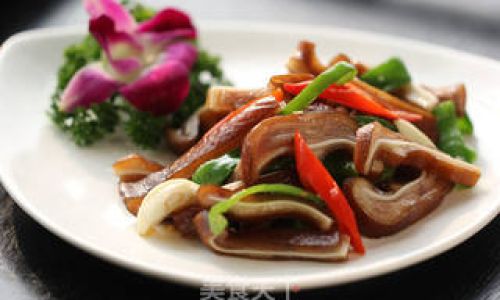
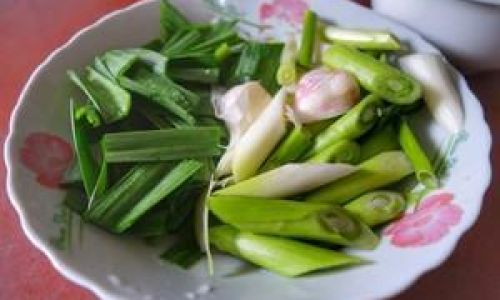
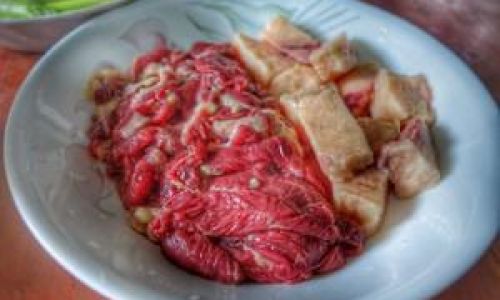

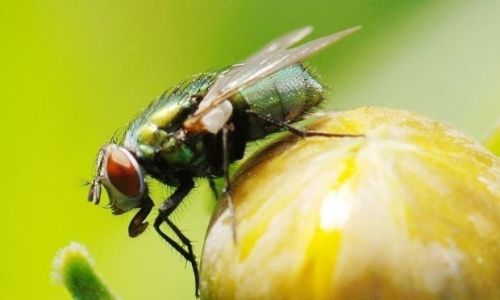
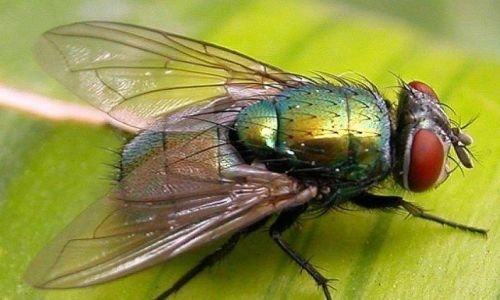
0 comments